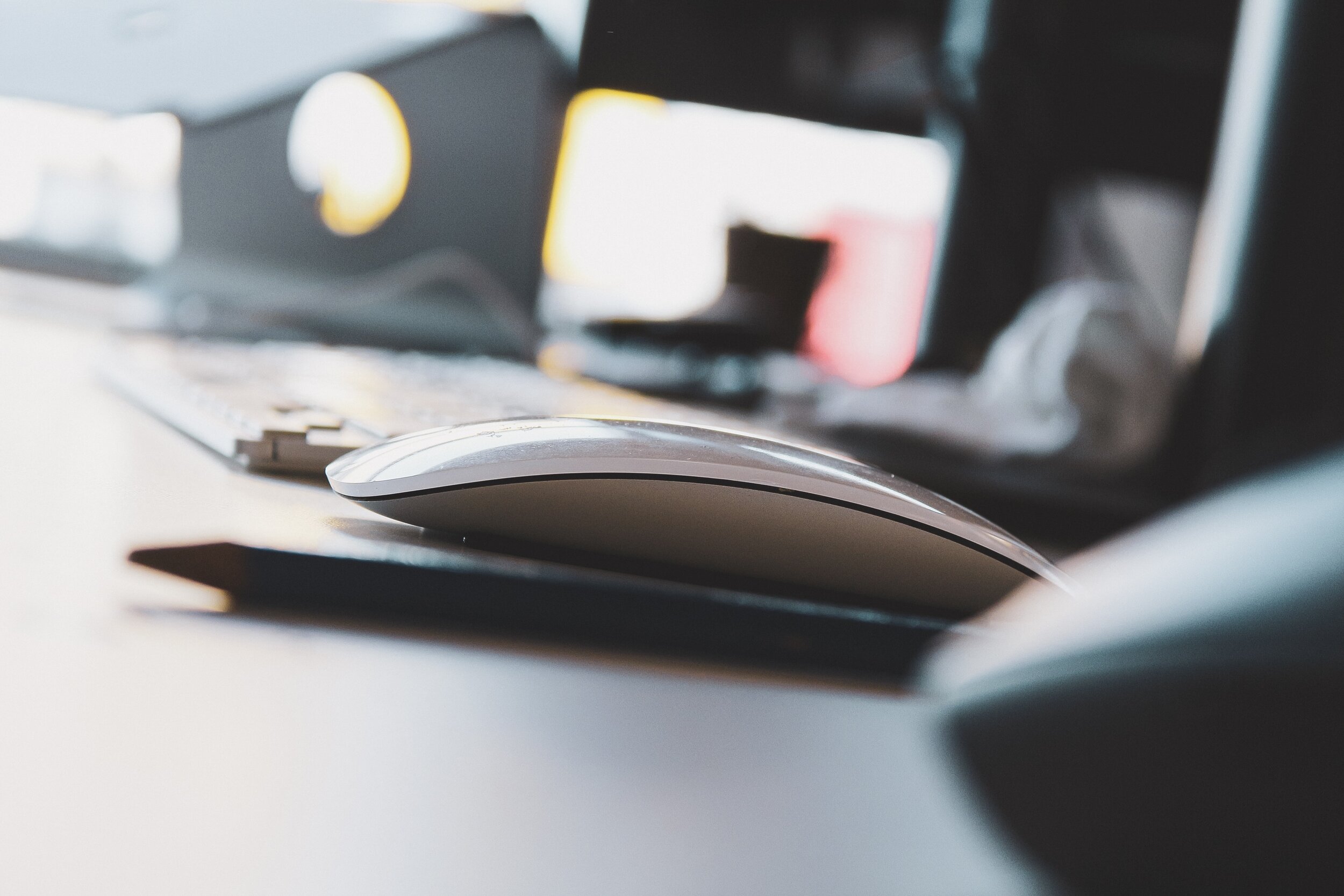
Defining a multi-touchpoint strategy for addiction support
Northstar Behavioral Health
Project at a glance
My team and I used stakeholder interviews and a competitive audit to understand the landscape of addiction treatment in the state of Minnesota before designing a system of analog and digital touchpoints to deliver to our client.
Methods
Stakeholder interview
Competitor audit
Touchpoint map
Tools
Zoom
InVision
Figma
Google sheets
Concept Overview
Northstar Behavioral Health (NBH) is a Minnesota based addiction recovery organization with a focus on serving individuals suffering from opioid and stimulant addiction disorder. The landscape of addiction recovery counseling has recently changed in the state due to new legislation around the legal assessment to qualify for treatment. This new law now provides NBH the opportunity to engage directly with clients at the beginning of their recovery journey: from assessment, into treatment and beyond.
They asked us to envision a multi-touchpoint system of digital and experiential assets to create an environment for people to connect with NBH. We focused on ease-of-entry for, and fostering community with, potential clients. We envisioned new community collateral and digital touchpoints, while also leveraging existing in-person and analog touchpoints.
Research and Methods
A stakeholder interview was held with NBH leadership to better understand their mission and goals. We heard that the recent legislative update will change how clients are funneled to NBH, allowing individuals to choose the treatment organization they want to work with, rather than being placed wherever beds are available by the state.
NBH wants to be “the go-to place for assessments” in order to allow them to help as many people as possible.
NBH serves anyone who needs help, never turning away those without the financial resources to pay for treatment.
NBH wants to not only shorten the time between the moment an individual reaches out for help to the time they can enter treatment, but also to keep them safe and engaged through that time.
My team and I conducted competitor audit to examine the marketplace. Other local addiction recovery organizations as well as recovery apps available to the general pubic were examined.
While apps are available to assist individuals along their recovery journey, they lacked the ability to follow up in person with individuals in crisis.
No local organizations offered that level of digital assistance to their clients.
NBH is unique in their scope, level of care and state-wide partnerships.
Our process
We chose to begin our designs with physical, analog touchpoints to engage people in their communities and bring awareness to NBH and what it has to offer. We designed posters, drink coasters, cards and tokens displaying an updated NBH logo and a QR code that would direct interested people to a landing page on the current NBH website.
From that landing page, the client would be able to choose to immediately schedule a professional assessment, or if they were unsure, we designed a simple interface offering a self assessment based on the DSM-5 criteria. Upon completion of the assessment, a recommendation to download the new NBH app would encourage clients to engage with the organization, whether they chose to seek professional help at that time or not.
I focused my work on designing key pages of the app.
A “my day” page would supply the user with daily self-care check-ins to remind them to be mindful and take care of their mental and physical health. Each day that a client checks into the app would be tracked and counted in their “Journey Days”. NBH would supply content to engage clients in daily articles and videos sharing the knowledge of their excellent staff, client testimonials and educational and inspirational stories of recovery. A list of daily classes would also be available for individuals to attend virtually.
A chat function would also be built into the app allowing clients to reach out to NBH staff for support in a weak moment, or later, to maintain connection with others in recovery.
A “crisis help” page was also designed to supply resources to clients in need of legal assistance, immediate medical care or help locating an NA meeting.



Deliverables
We created high-fidelity prototypes of key elements and transitional pages including log-in flows and landing pages to present to our client. We then recorded a presentation introducing two persona narratives describing how individuals in the community would interact with these new features.












Project Outcome
Through stated goals, secondary research and interviews we determined that gaps in the recovery touchpoint journey could be filled by increasing awareness in the community, streamlining the process of receiving an assessment and bridging the gap between the time of assessment and the beginning of treatment with an NBH app. These elements were designed and placed on a touchpoint map to illustrate the flow of interactions along an individual’s path to recovery.
Our recommendation to NBH includes potential designs for these key touchpoint elements and a strategy for leveraging them with potential clients.









